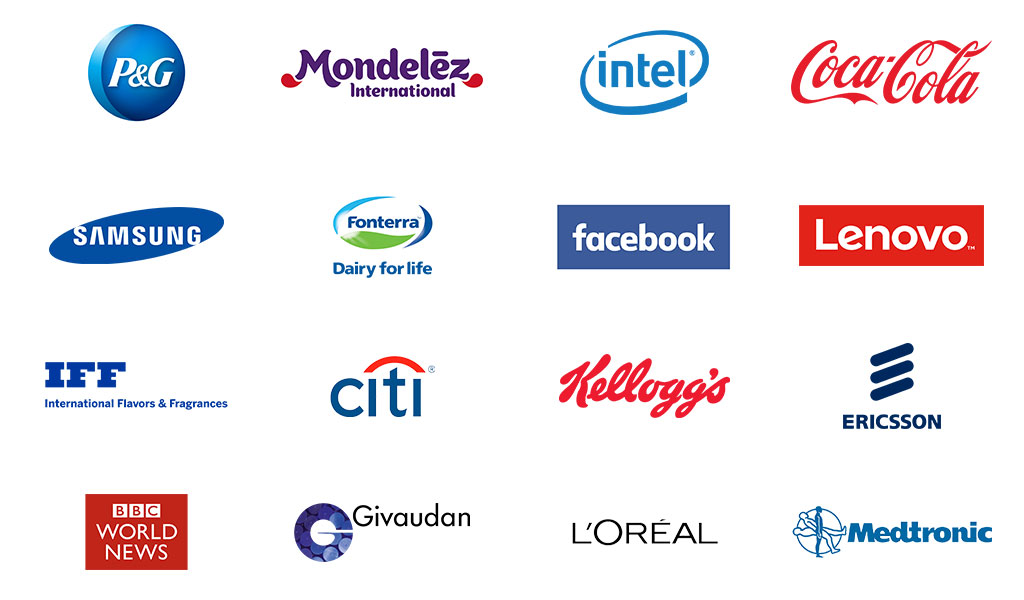Qualitative market researchers work hard to keep up with the times. They continuously keep abreast, monitoring their clients’ evolving needs and developing new techniques and technologies to do so effectively.
The Qual360 APAC team asked our speakers what they thought were the biggest trends in qualitative research today, and this is what some of them had to say.
The role of data
“One of the biggest trends today is the role of data,” Martyn U’ren, Head of Research for Asia Pacific and Japan, Twitter emphasized. “But we also see more markets looking at the role of insight communities,” he adds.
Professor Gemma Calvert, Professor of Marketing, Nanyang Business School, NTU believes that, “developing new ways to integrate qual with other forms of data in order to obtain a more accurate picture of consumers,” is the way forward.
Hidayatullah Cahyatama, Founder + CEO, Cahyatama Consulting pointed out that, “big data will give us a big repository of consumers insights from which good qual researchers would able to see lots of interesting patterns emerge.”
Mobiles on the rise
Mobile qualitative research has enjoyed huge growth in recent years. A recent report noted that the use of mobile qual by market research suppliers had jumped from 24% to 43% since 2013.
Dr. Anupama Wagh Koppar, Head – Consumer & Market Insights & Design Thinking Lead, L’Oreal Research & Innovation observed that , “in developing world, mobiles are already huge and getting bigger. I also see mobile enabled, visual and audio visual content being used a lot.”
Steven Fuller, President, InforMedix Marketing Research on the other hand believes that, “Mobile methods will be increasingly important in the professional sector, where I work, because respondents don’t have time to participate in lengthy market research that takes them out of their work and home life. When they can respond at their own convenience, using a device in their hand, they will be more accessible to us as researchers.”
“Mobile video, provides us a ‘self-explanatory’ kind of ethnography, as most consumers (especially millennials) now are comfortable to portray themselves in such format,” adds Hidayatullah from Cahyatama Consulting.
Meanwhile, Martyn U’ren from Twitter gave a word of warning, “Mobile has huge potential as we move towards more passive tracking opportunities however, it is also a space that is actually very private to people. So I think the potential is vast but not the grail we are all seeking”
Social Listening and Social Media
Belinda Pang, Regional Sensory & Consumer Insights Manager, Greater Asia – Flavors, International Flavors & Fragrances emphasized that, “Advocates from consumers, is now, more than ever a powerful tool to advertise. Word of mouth advertising is much easier via social media and online.”
Studying social media behavior to draw behavioral insights and using this knowledge in product/service development initiatives is a big trend today,” states Pooja Mayee, Global Product Manager, Wound Closure Portfolio, Medtronic. Hidayatullah Cahyatama agreesby saying that, “online communities enable co-creation in a far deeper and with larger groups of consumers than before.
Meanwhile, Dr. Anupama from , L’Oreal observed that there is “a lot of discussion around speed dating, panel discussions, online chat forums, web-nography , brain mapping and many innovative methods of enquiry are being explored.”
Artificial Intelligence
Bao Do, Lead, Consumer Science G&C APAC, Mondelēz International highlighted that one of the emerging trends is “the art of observation beyond asking questions and looking for insight in consumer’s emotions in key moments of truth.” He explained that AI will be huge, “because I hope it would help to get the data from the moments of truth from consumers in real life situations.”
I think AI will change the way we test with consumers. Testing an experience will become possible with AI like never before. I think it has huge potential, said Dr. Anupama Wagh Koppar.
Pooja Mayee from Medtronic added that, “computerized methods for reviewing volumes of narrative/text information and drawing out generalizations as well as unique and useful ideas. AI could also be used for recognizing body language and facial expressions more scientifically – a huge help in qualitative research, so as to minimize biases.”
So here you go! This concludes the first of the ‘research the researcher’ series from the Qual360 APAC team. Stay tuned for more such snips bits from our expert speakers on the latest technologies in qual research as well as top tips for unraveling real truths from social media!
See you at Qual360 APAC! Don’t forget, it’s on October 11-12 in Singapore.
For those that don’t already know, we’ve brought in speakers from leading brands and innovators like P&G, Intel Corporation, Citibank, Mondelēz International, L’Oreal Research & Innovation, The Coca-Cola Company, Lenovo, BBC World News, Fonterra , Facebook, Samsung, Kellogg, Cahyatama Consulting , Space Doctors , BDRC Asia, Thinkbumblebee Analytics, Krealinks and many more to ensure you are getting the most up-to-date case studies, best practices and innovative qual technologies.










 by
by 

